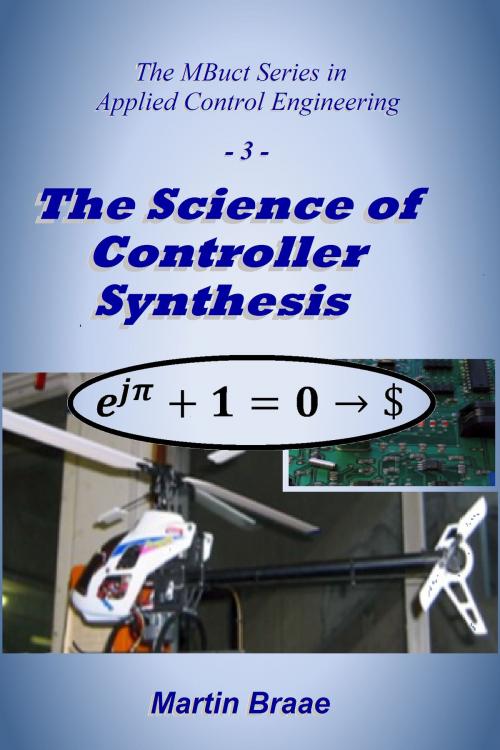| Author: | Martin Braae | ISBN: | 9781370917686 |
| Publisher: | Martin Braae | Publication: | March 26, 2018 |
| Imprint: | Smashwords Edition | Language: | English |
| Author: | Martin Braae |
| ISBN: | 9781370917686 |
| Publisher: | Martin Braae |
| Publication: | March 26, 2018 |
| Imprint: | Smashwords Edition |
| Language: | English |
Control systems can be designed or synthesized for industrial applications based on appropriate mathematical models that adequately approximate their dynamics. In essence design is a guided trial-and-error strategy that encourages exploration of the problem whilst synthesis relies on a mathematical formulation that produces a one-shot solution. By applying both techniques to the same problem and comparing the resulting controllers directly, the strengths and weaknesses of synthesis emerge. The application of two well-known synthesis methods to altitude control of a simulated helicopter is discussed, and the unique features of both synthesis and design become starkly evident. (The designs are outlined as they were detailed in the prequel to this book.) Experience with producing an autopilot for helicopter altitude control reveals that a design approach that utilizes the strengths of synthesis is able to mitigate some of its blatant weaknesses. This was particularly relevant for those synthesis solutions with exceptionally poor practical characteristics that were encountered during the project.
Control systems can be designed or synthesized for industrial applications based on appropriate mathematical models that adequately approximate their dynamics. In essence design is a guided trial-and-error strategy that encourages exploration of the problem whilst synthesis relies on a mathematical formulation that produces a one-shot solution. By applying both techniques to the same problem and comparing the resulting controllers directly, the strengths and weaknesses of synthesis emerge. The application of two well-known synthesis methods to altitude control of a simulated helicopter is discussed, and the unique features of both synthesis and design become starkly evident. (The designs are outlined as they were detailed in the prequel to this book.) Experience with producing an autopilot for helicopter altitude control reveals that a design approach that utilizes the strengths of synthesis is able to mitigate some of its blatant weaknesses. This was particularly relevant for those synthesis solutions with exceptionally poor practical characteristics that were encountered during the project.















